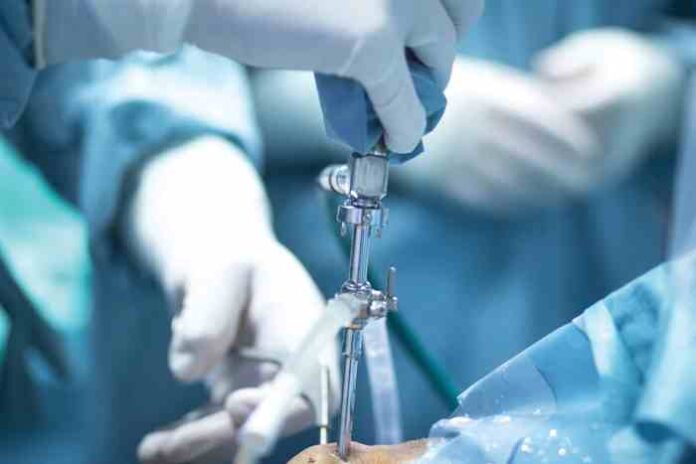By Dr Chetan Jakaraddi, Consultant Trauma and Orthopedic Surgeon, MBBS, D’Ortho, MRCS (Edin), FRCS (UK)(T&O) CCST (UK), HCG Suchirayu Hospitals, Hubli
In today’s fast-paced world, lifestyle choices play a crucial role in shaping our overall health and well-being. From sedentary desk jobs to hectic schedules that leave little time for exercise, modern lifestyles often contribute to a host of orthopaedic issues. Whether it’s prolonged sitting leading to back pain or inadequate physical activity contributing to joint stiffness, our daily habits can significantly impact the health of our musculoskeletal system.
Orthopaedic surgery has witnessed significant advancements in recent years, particularly in the treatment of knee and hip conditions. These innovations are revolutionizing the landscape of orthopaedic care, offering patients improved outcomes, reduced recovery times, and enhanced quality of life. Orthopaedic surgery addresses a range of musculoskeletal conditions affecting the knees and hips, including osteoarthritis, fractures, ligament tears, and degenerative diseases. The primary objective of these surgical interventions is to alleviate pain, restore function, and enhance overall mobility for patients.
Advancements in Knee Surgery:
- Minimally Invasive Techniques: Traditional knee surgeries often necessitate large incisions, resulting in prolonged recovery periods. However, minimally invasive techniques have emerged as a game-changer, enabling surgeons to perform knee surgeries through smaller incisions. These techniques utilise specialised instruments and advanced imaging technology, leading to reduced scarring, minimal tissue trauma, and faster recovery times.
- Robotic-Assisted Knee Replacement: Robotic-assisted knee replacement surgery has transformed the field of orthopaedics. This cutting-edge technology leverages computer navigation and robotic arms to assist surgeons in precise implant placement and alignment. By providing real-time feedback and optimizing surgical procedures, robotic systems improved accuracy, superior implant fit, and enhanced patient satisfaction.
- Customized Implants: Advancements in 3D printing technology have facilitated the development of customised knee implants tailored to each patient’s unique anatomy. These implants offer better fit and functionality, enhancing joint stability, minimising wear and tear, and potentially extending the lifespan of the implant. However, in the current market situation, these implants come at a higher cost.
Advancements in Hip Surgery:
- Anterior Approach Hip Replacement: Traditional hip replacement procedures involved accessing the hip joint from the side or back, often necessitating muscle and tendon detachment. The anterior approach, however, allows surgeons to access the hip joint through a small incision at the front, avoiding muscle disruption. This technique reduces tissue damage, and postoperative pain, and accelerates recovery but it has a significant learning curve for surgeons and needs special surgical instruments.
- Advanced Implant Materials: The evolution of implant materials, such as ceramic hip implants, has significantly improved the durability and performance of hip replacements. Ceramic implants offer exceptional wear resistance, reducing the risk of implant failure, and potentially enhancing implant longevity.
- Enhanced Navigation Technology: Navigation systems and computer-assisted technology have revolutionized the precision and accuracy of hip surgeries. These advanced systems provide real-time imaging and guidance, enabling surgeons to navigate complex anatomy and achieve optimal implant positioning. Enhanced navigation technology translates into improved surgical outcomes, fewer complications, and heightened patient satisfaction.
Advancements in orthopaedic surgery have ushered in a new era of treatment for knee and hip conditions, offering patients a ray of hope and a chance at a better quality of life. Minimally invasive techniques, robotic assistance, customized implants, and enhanced navigation technology represent significant milestones in the field, paving the way for improved patient care and surgical outcomes. As technology continues to evolve, the future of orthopaedic surgery holds promise for countless individuals affected by musculoskeletal disorders.

























